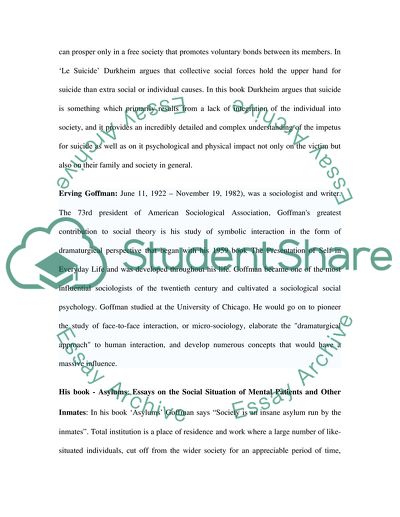Cite this document
(Comparison between Social Theories of Emily Durkheim and Erving Coursework, n.d.)
Comparison between Social Theories of Emily Durkheim and Erving Coursework. Retrieved from https://studentshare.org/sociology/1540884-sociological-theory
Comparison between Social Theories of Emily Durkheim and Erving Coursework. Retrieved from https://studentshare.org/sociology/1540884-sociological-theory
(Comparison Between Social Theories of Emily Durkheim and Erving Coursework)
Comparison Between Social Theories of Emily Durkheim and Erving Coursework. https://studentshare.org/sociology/1540884-sociological-theory.
Comparison Between Social Theories of Emily Durkheim and Erving Coursework. https://studentshare.org/sociology/1540884-sociological-theory.
“Comparison Between Social Theories of Emily Durkheim and Erving Coursework”. https://studentshare.org/sociology/1540884-sociological-theory.


